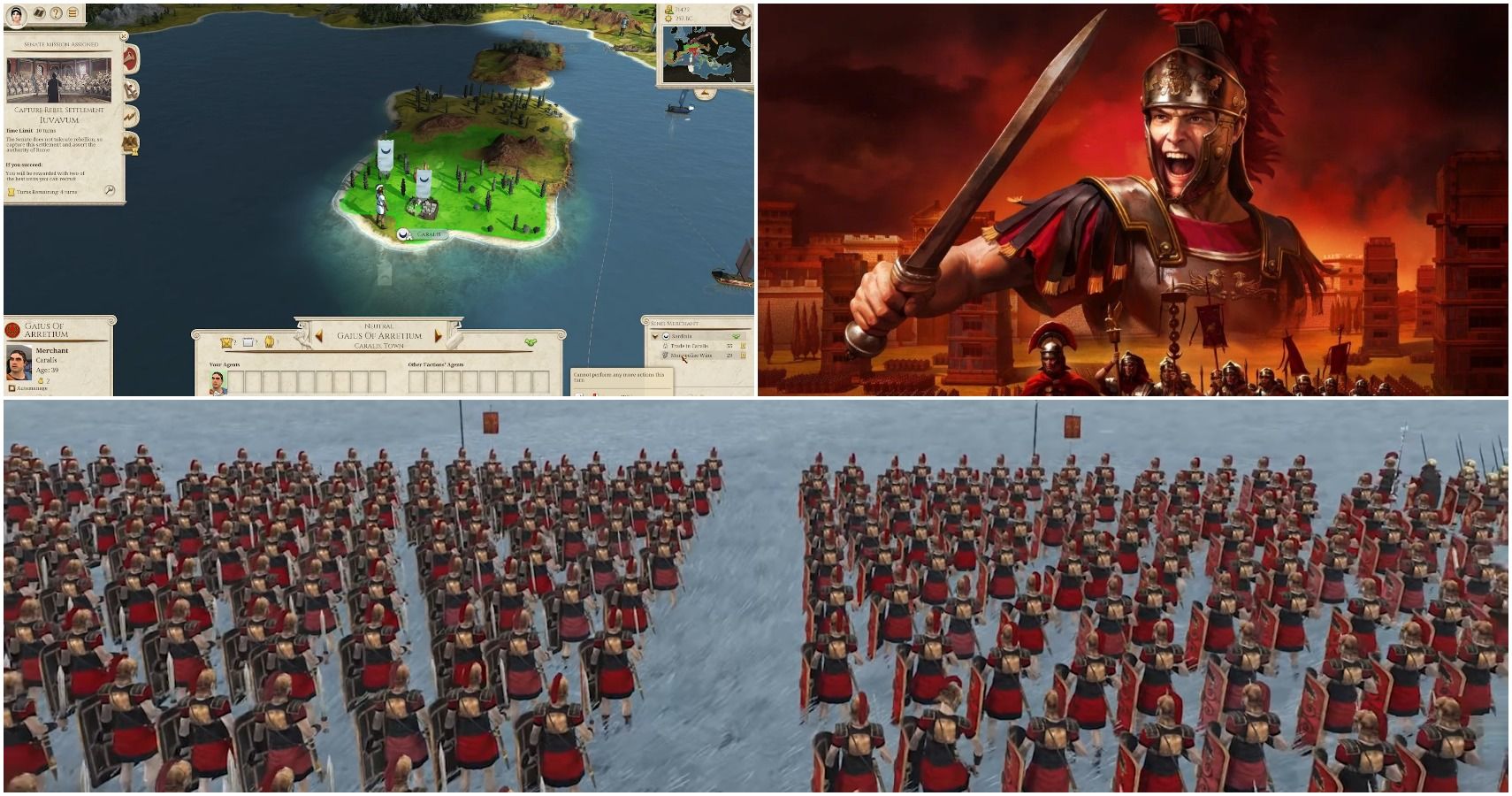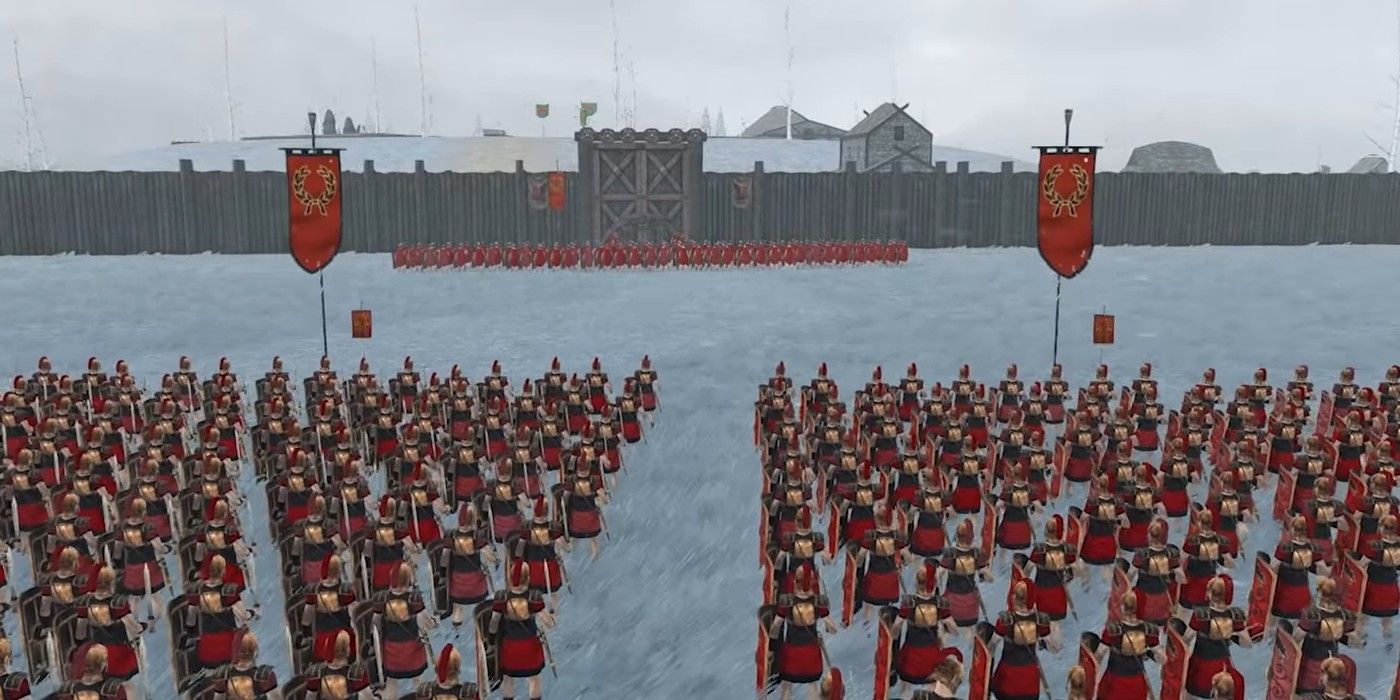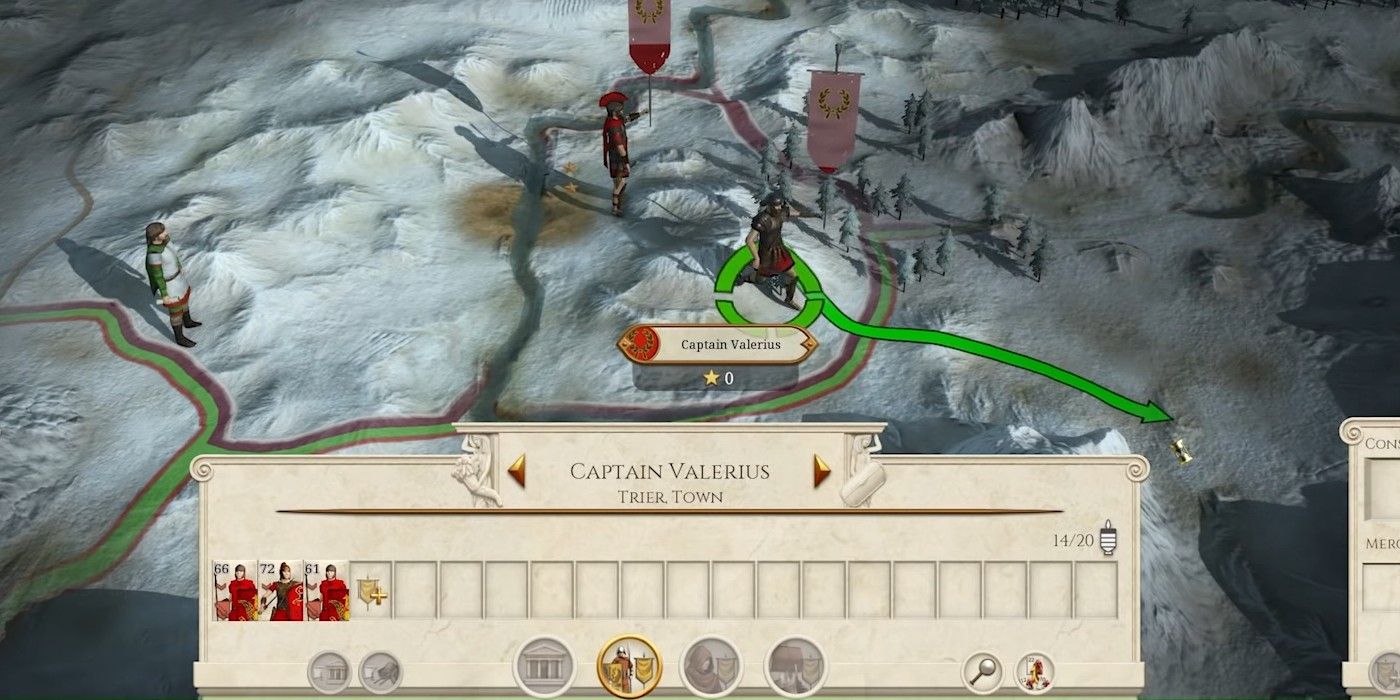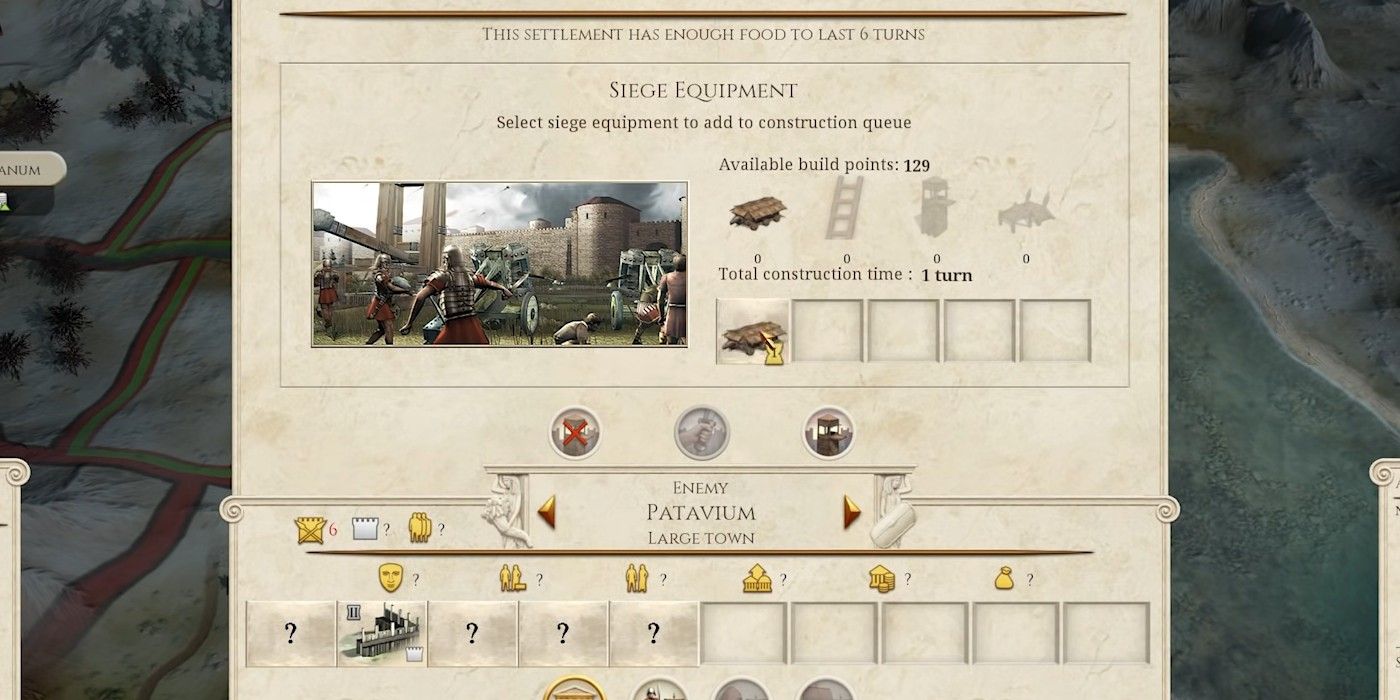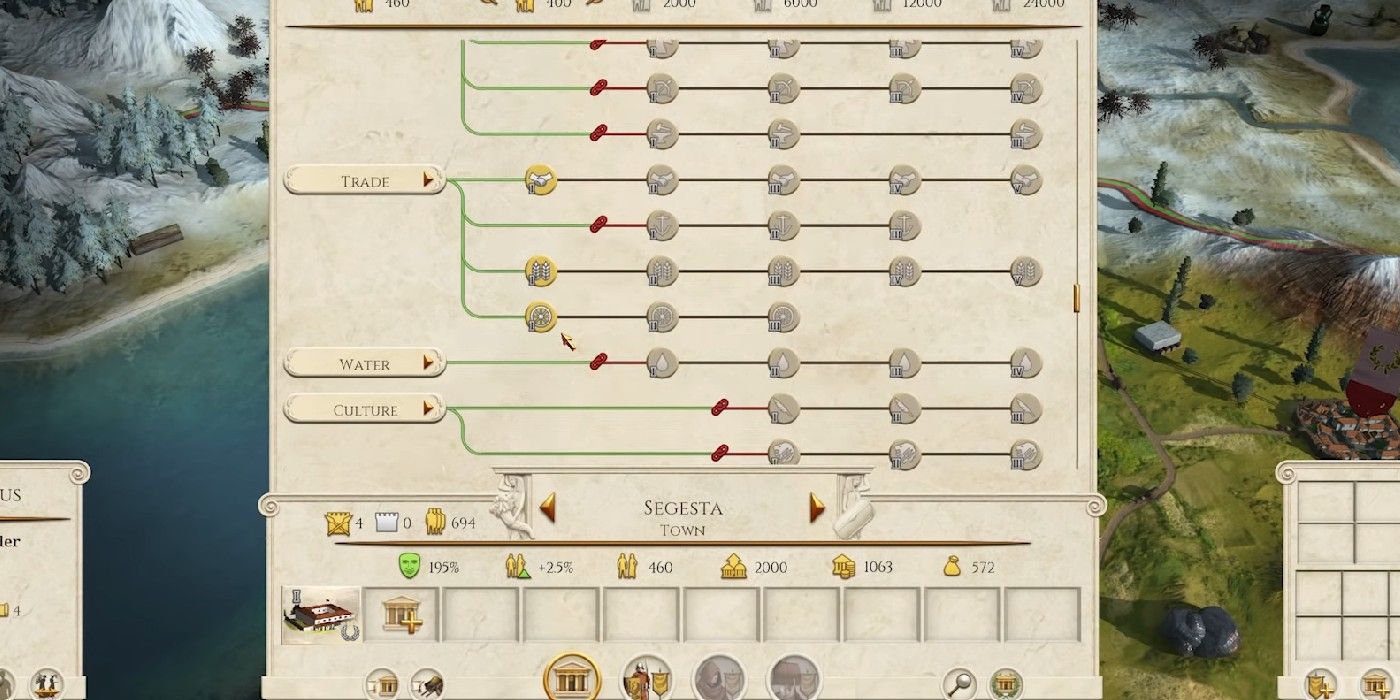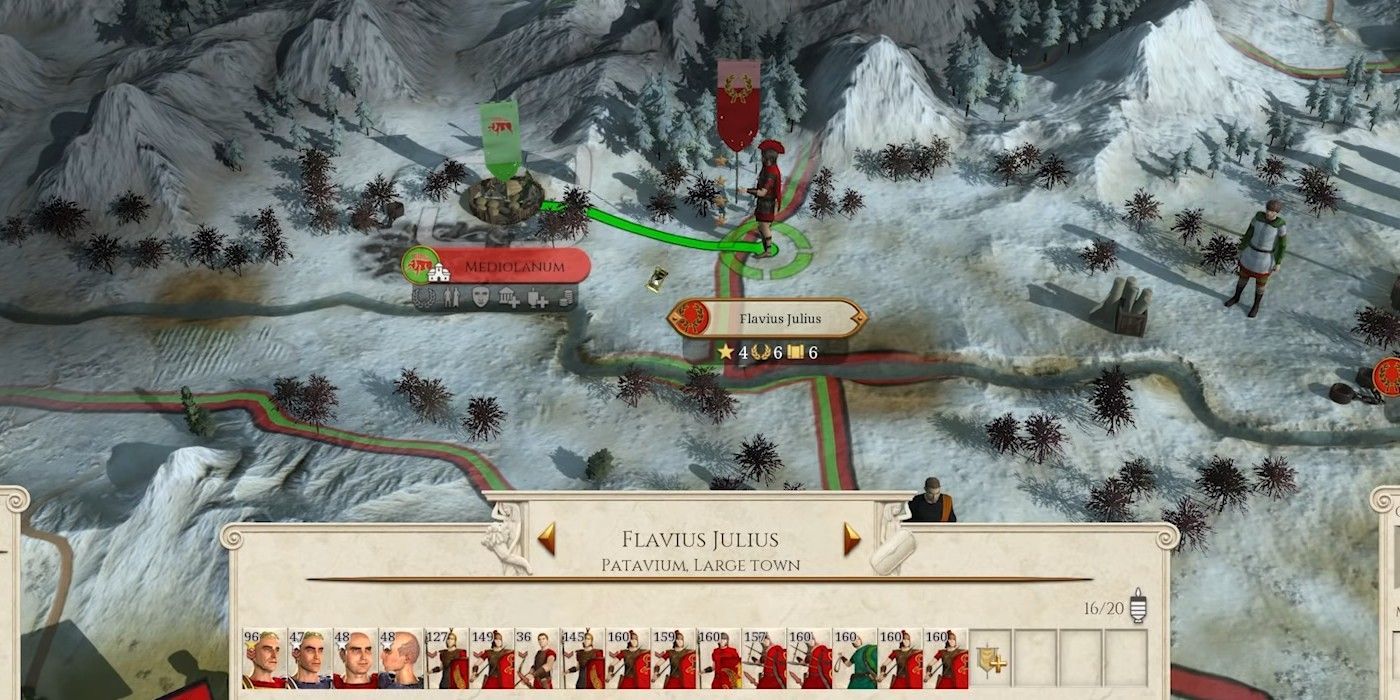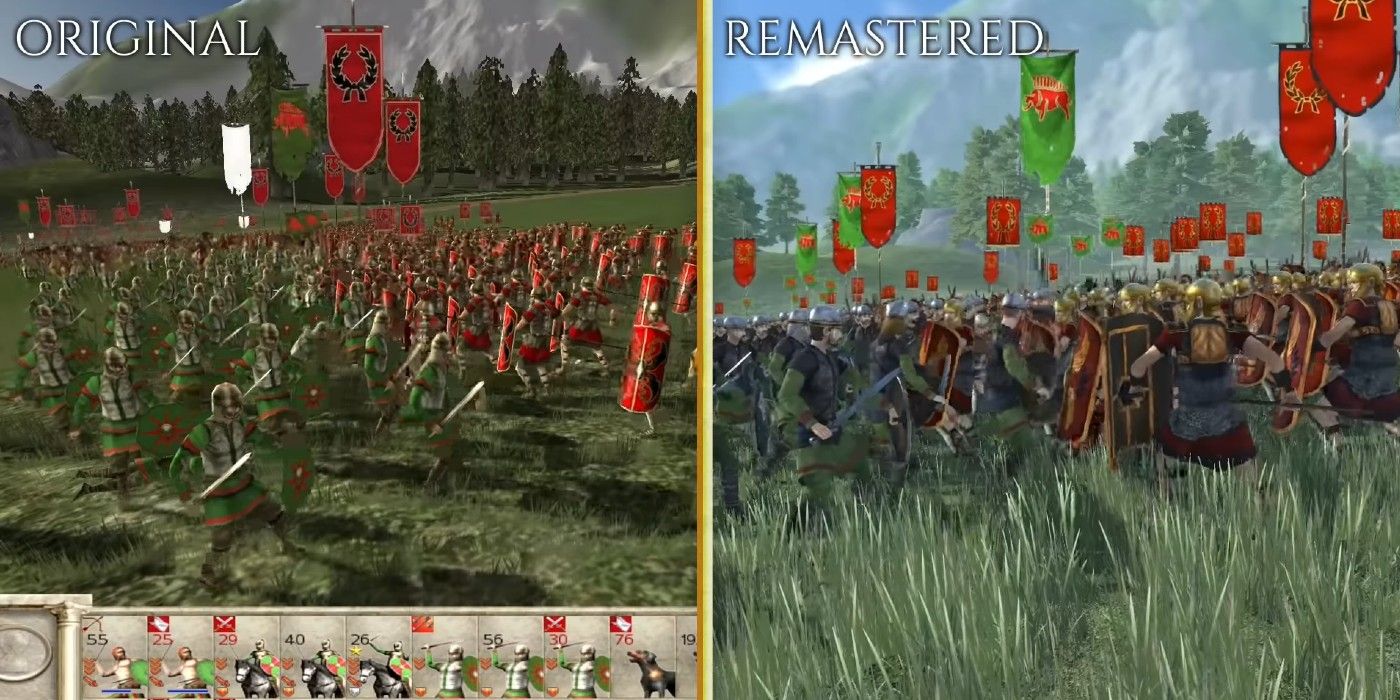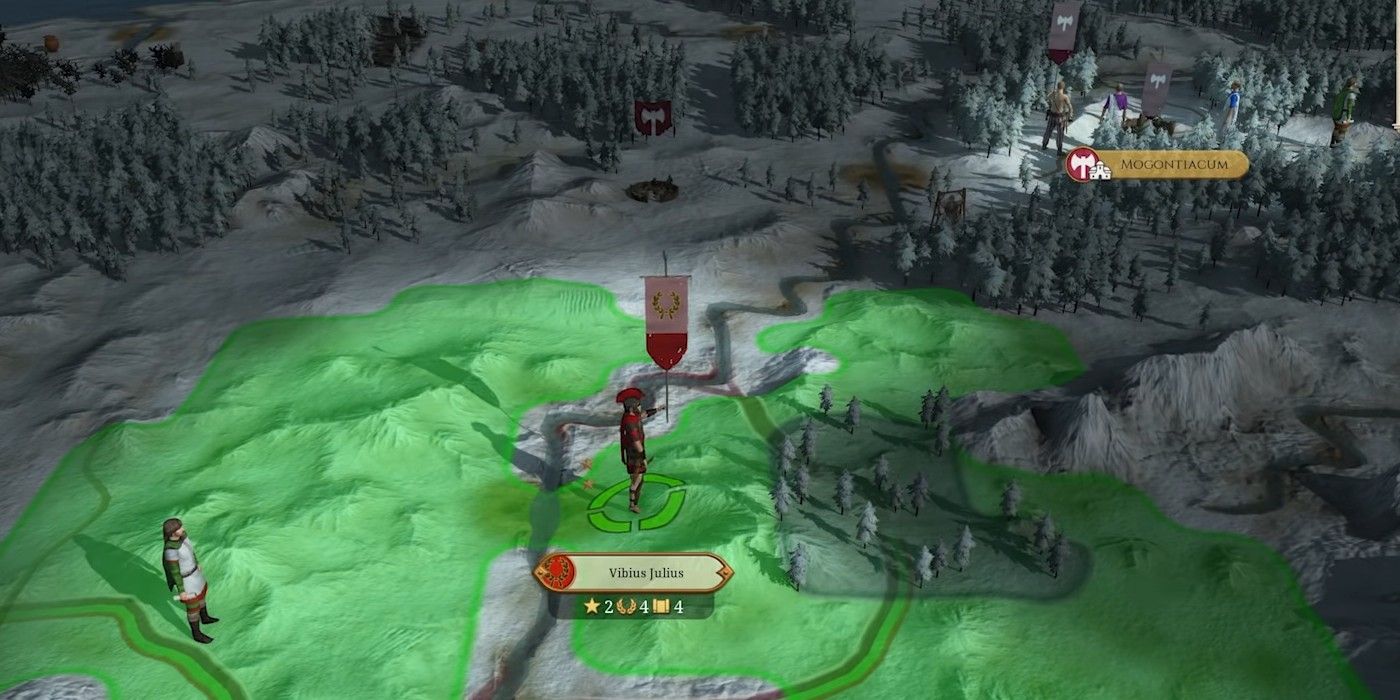Total War: Rome Remastered is a faithful remaster of a game that came out nearly 20 years ago. You're forgiven if you've never played this iconic Strategy game before, or you might be a returning player that has forgotten some of the mechanics that differ so greatly from modern Total War games like Warhammer 2.
In this tips and tricks list for Rome Remastered, we cover everything you need to know about getting started in this classic game reimagined with a few new features and changes.
7 Unit Replenishment Is Completely Different
If you're used to modern Total War games (Warhammer, or Three Kingdoms) then you might expect your units to naturally replenish over time. That isn't the case in Total War: Rome Remastered. Every damaged unit needs to be returned to a city and retrained. High-level units cannot be retrained in cities that don't have adequate military buildings. Makes sense, right?
Don't worry, this isn't all extra work for nothing: retraining your units at a city with a better Blacksmith, for example, will also provide a stat boost. This only works if more than half of the troops in the stack have been retrained. It also fits into Rome Remastered's original population system — something that modern Total Wars have just sort of...ignored.
6 Population Is Fluid In Rome Remastered
Rome: Total War's population mechanic was one of its unsung best features. Even though Warhammer had some impressive units, it didn't have the same population feature. The population of cities changed regularly in the original game, and it's making a comeback in the Remastered version. In short: the population is affected by the units you train in the city.
That means when you raise an army the number of troops you send off to fight will have a direct economic impact on a city. It will reduce the overall population of the city, which is an important factor in Rome Remastered: to get the best buildings and units you need larger cities. This also means you can directly impact the population of cities by training hundreds of peasants and sending them to another city and disbanding them.
5 Sieges Work A Bit Differently In Rome Remastered
To take a city with a wall, you're going to need siege weaponry. Later in the game, you can train Onagers and other siege equipment, but at the beginning, you're limited to Ladders, Rams, and Siege Towers. These are trained on the initial siege screen. Each siege engine will need to be manned by one of your units.
Generals can have different traits that boost their effectiveness while attacking cities, such as a trait that speeds up the building time for siege equipment, or grants them more overall points to spend when choosing what engines to launch at the opponent's walls. The amount of points available to spend is determined by the size of the army, although General star experience has an impact as well.
4 City Building Is Largely Up To You
Whereas there are stacking modifiers between buildings in modern Total War games, in Rome Remastered the entire city-building process is somewhat simplified, especially compared to a game like Civilization 6, for example. You can prioritize strictly military buildings, or go all-in on mines and farms. There is, of course, a strategy to it, but overall, the choice is up to you.
Each faction has a different progression of buildings, although they fall largely into similar categories: military, trade, farming, and religion. The Roman factions, for example, have unique Temple buildings that provide a specific boost. In certain regions, you can build Mines. Cities with ports usually make more money. As a default strategy, you should aim for quick population growth. The larger a city, the better units it can produce.
3 Expanding Quickly Is The Best Way To Win
Perfecting the so-called "Blitz" strategy is something players of older Total War games saw as a mark of their skill. It's not something that's so easy with modern games (there have been some balance changes that make it tricky in Warhammer, for example) but in Rome Remastered, quick expansion really is the key to success.
Wherever you start on the map, draw your forces together for a collected push toward primarily nearby Rebel settlements, and then remove all your troops and move on to the next city. At some point, you will run out of steam, but those early acquisitions can put you in a great place to steamroll the rest of the campaign.
2 Each Faction Has Its Strengths And Weaknesses
Even with the new changes to the balance of units in Rome Remastered, there are still very distinct units for each faction that battle against each other in a way not unlike Rock, Paper, Scissors. Seleucid Cataphracts are a direct counter to Rome's Heavy Cavalry. Hordes of Roman Legions will decimate unarmored German Warband. The game is full of counters and advantages like this.
Over time, you will learn the ins and outs of combat. This is something we're still experimenting with in Rome Remastered: the balance changes do bring about some positive changes, even including a small tweak to the hilariously terrible morale of the Eastern Infantry. If you know, you know.
1 Managing Your Empire Is About Managing Your Family, Too
Another great feature of the original Rome: Total War was its in-depth family tree and character trait system, something that has largely gone unreplicated in modern Total War games. Warhammer did have some awesome legendary lords, though. If you send a character off to some far-flung settlement on the edge of the empire, for example, he is more likely to acquire the Drunkard trait, or something similar. It's a small detail, but a testament to the attention to detail throughout the game.
For a successful empire, you need a string of good city managers, of top-tier generals, and you should be micromanaging your general's Retinue. You can drag and drop one Retinue member onto another. This means you won't lose all those great boosts once a member of your family passes away.

